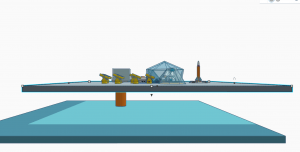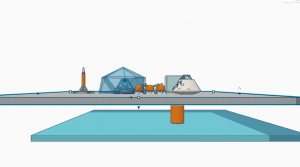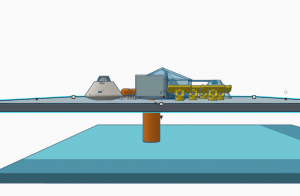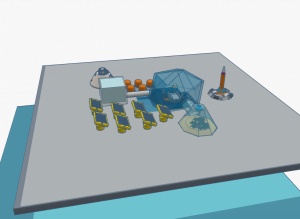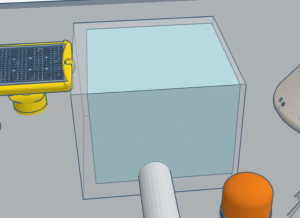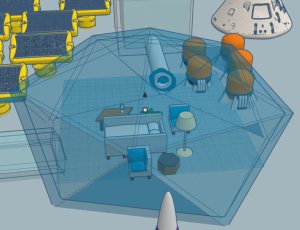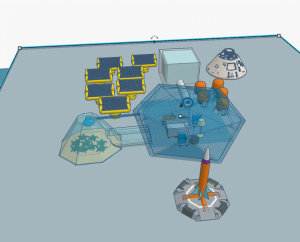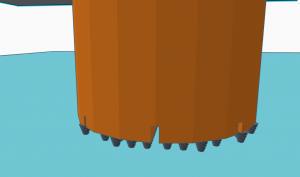Registrations are closed
In the future, to enable astronauts to stay on the Moon for long periods of time, new infrastructures must be developed to overcome important challenges. Such challenges include protection from radiation and meteorites, energy production, the extraction and recycling of water, food production and much more. The Moon Camp Challenge invites students to explore the Moon and decode some of the complexities future astronauts may face.
In Moon Camp Discovery each team’s mission is to 3D design only one component of a Moon Camp using Tinkercad. Teams can choose to design a:
– Lunar lander
– Moon Base
– Lunar rover
– Rocket
– Lunar Orbital Space Station
The design should be adapted to the Moon environment and if possible consider the use of local resources, provide protection and/or living and working facilities for the astronauts.
Moon Camp Discovery is a non-competitive mission for beginners. All teams that submit an entry that complies with the guidelines will receive a participation certificate and their project will be shared on the Moon Camp online platform.
Who can participate?
Participation is open worldwide to students aged up to 19 years old. Moon Camp Discovery is recommended for students aged 6 to 14 years old. Participating students must be supported by a teacher, educator or parent.
Discovery Projects Gallery 2020-2021
Below you can find some of the Moon Camp Discovery projects. For more projects visit the Moon Camp Discovery project gallery.
Team: ARKNIGHTS
上海 China Category: Moon base
External link for Tinkercad 3D design
Our works mainly solve the problem of drinking water and farming on earth.
First of all, we use drills to drill ice from the moon to get water.
Then, the water is collected into a large reservoir.
Then we connect the reservoir with the living area, and the living area with the farmland. The water in the reservoir and the domestic wastewater used in the living area can be transported to the top of the farmland through the upper pipeline, and then the crops can be watered by spraying irrigation technology. In this way, the water resources can be recycled and the irrigated area can be expanded as much as possible.
At the same time, we use high-energy batteries and solar panels to supply energy to the whole camp, and then through the main control room to accurately control the operation system of the whole camp.















